We talk a lot about accuracy in Target Shooter. It starts with an accurate rifle and equally accurate ammunition – tailored to complement it. Then it’s down to the shooter but, an accurate rifle will not deliver its best accuracy without quality ammunition and quality ammunition can only be assembled from quality components.
Then again, does it matter? If you are an avid competition shooter then yes, it most certainly does matter and, to be competitive, you will need all of the above. But, in my own club of over 400 members, not all are serious competition shooters and of course you don’t need to be to enjoy your shooting.
So, if you just enjoy shooting for the fun of it, this article is for you. I often get asked for loading advice and the one I always give “Use the best components you afford.” But, let’s be honest, not all of us can afford Berger bullets so, if you don’t use the very best components what difference will it make?
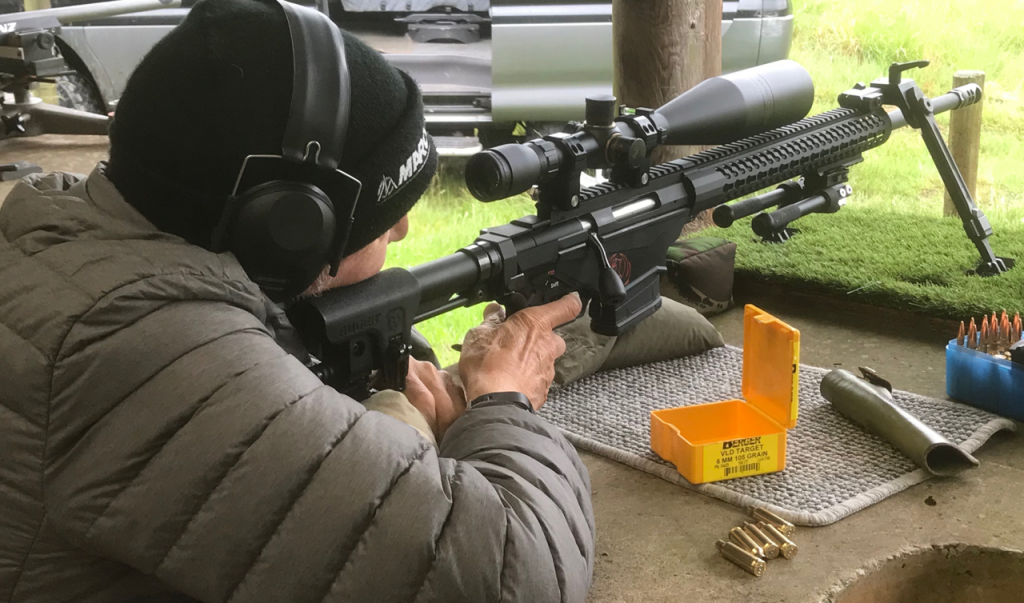
I’ve noticed that quite a few shooters at my club own a Ruger PRS – often it’s their first rifle and they want to do everything with it. It’s a great rifle at an amazing price and a proven winner in the right hands with good ammunition. I recently witnessed one of our guys shoot a 5-shot, five-inch group in a 1000 yard benchrest competition! Outstanding for any rifle, let alone one costing well under two grand. Clearly, with good ammunition, this rifle can be stunningly accurate.
On a recent visit to Henry Krank in Pudsey to pick up some Sierra bullets – yes let’s not forget the green box – Sierra are once again producing some outstanding bullets, having been somewhat left behind in the wake of the yellow boxes! But the colour of the box and even the price isn’t necessarily a guarantee of best accuracy in your rifle. Only testing will verify exactly what your rifle likes.
Kranks were keen to show me that even Serbian manufacturer Prvi Partizan is now producing a ‘match’ bullet. Really? I know Prvi Partizan have a good reputation amongst classic military rifle shooters for their extensive and reasonably priced range of loaded ammunition but I’ve never considered using their match bullet offerings. I came away with a bag of 120gn 6.5mm hollow-point boat-tails as well as some 95 grain 6mm HPBT Sierras for my 6BR. I’ve found that the Sierras still perform better in my rifle than the equivalent Berger – don’t ignore the green box!
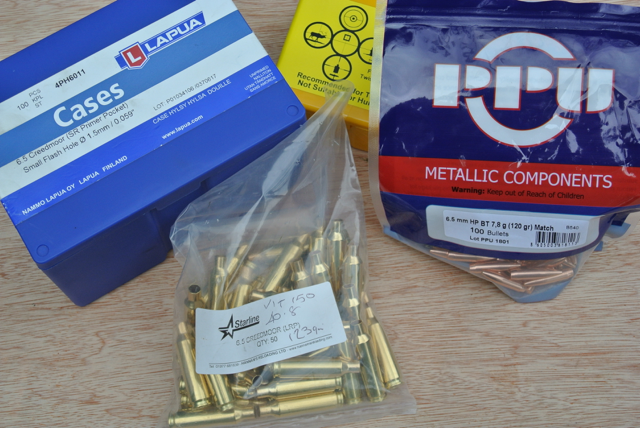
I usually pay a visit to Hannam’s Reloading the same day as Kranks and when I requested a box of Lapua’s 6.5 Creedmoor cases, Pat Hannam was keen to show me their new Starline brass in 6.5 Creedmoor. Now normally I would poo-poo any cheapo brass but Pat gave me a bag to try. Not only is this brass a lot cheaper than Lapua, you can also buy it in bags of 50 – useful if you are on a budget – the Lapua is now 110p per case (as against 64p for the Starline).
So, this got me thinking. How much would we be giving away in accuracy with the PPU bullets (£24/100) and Starline cases against Lapua brass and Berger bullets (£64.80/100)?
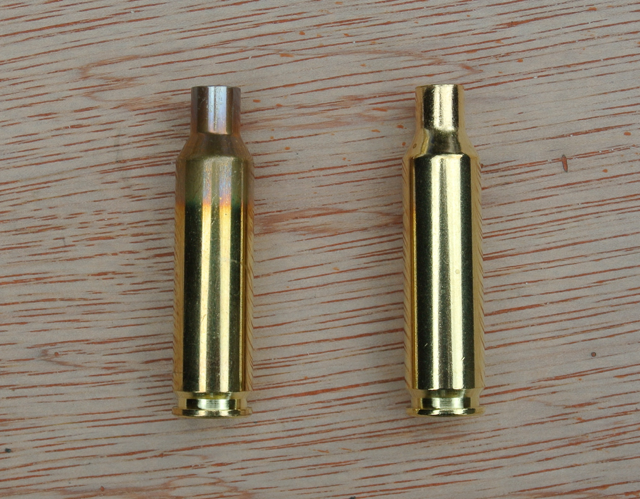
Can we make anymore savings? Nothing really on powder but maybe a penny or two by using Muron primers – also in stock at Hannam’s and gaining a good reputation with some shooters but for this test I’ll be sticking with Federal.
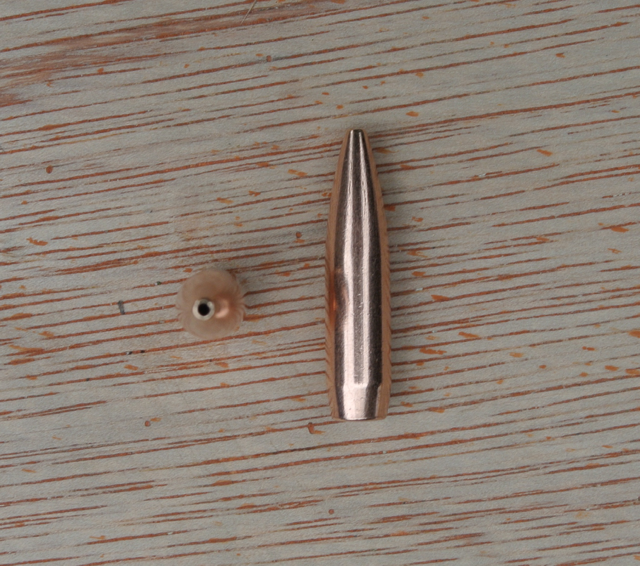
So, I’ve put together two lots of ammunition – one lot using PPU bullets and Starline brass and the other using Lapua brass and Berger bullets. Shooting buddy Paul Parkinson has agreed to loan me his Ruger PRS in 6.5 Creedmoor for our test and he’s also provided me with a few of his own rounds using Hornady large-primer brass and Lapua 123gn bullets.
I’ve used Paul’s pet load which is 40.8 grains of Vhitavuori N150 (with the usual warning – THIS MAY NOT BE SAFE IN YOUR RIFLE – WORK UP POWDER LOADS IN SMALL INCREMENTS) for both sets of ammo I’m loading so, our cheapo ammo (PPU/Starline) is costing £0.88p per bang against £1.75p for our super ammo. (Lapua/Berger). Almost twice the cost – a significant saving indeed.
Of course, this is slightly unrealistic – we are unlikely to ditch our brass after just one firing as we can easily get five reloads out of our brass – more if we anneal – so the real cost is more like:
PPU 120gn bullet – 24p , Starline brass -13p (%reloads), Vit N150 powder- 25p and 5p for the primer, giving a total cost of 67p per bang.
Using the Berger 120gn bullet – 64p, Lapua brass (SP) – 22p, Vit N150 powder – 25p, Federal primer – 5p, giving a total cost of 116p per bang.
That’s still a significant saving – virtually 50p saved every time you pull the trigger and I know a lot of you who just shoot just for the fun of it often get through a lot more ammo. than serious comp. shooters.
So, how to test our ammunition. Well, normally I would be dragging out the benchrest bags and front rests but, let’s face it the Ruger is no benchgun (despite it’s aforementioned stunning performance in a previous competition!)
I’m going to shoot it where it belongs – in a simulated McQueen tactical shoot. I’m sure most readers will be at least aware of the McQueen – even if you’ve never shot it. It’s a great little stress-fire tactical shoot at 300 yards on the famous (but rather un-PC) fig.14 Hun’s Head target, involving quick target acquisition and accurate shot-placement.
The competition takes its name from the original Hun’s Head target printers – McQueen of Galashiels – who donated the magnificent silver eagle award almost 100 years ago and which is still competed for to this day at the Bisley Imperial McQueen competition.
The centre circle is just four-inches in diameter and it’s shot off the bi-pod with no rear support. Good shooters will put all ten in the circle with a 3 second exposure for each shot but we are looking at grouping rather than score as I have to self-sight myself in at 300 yards.
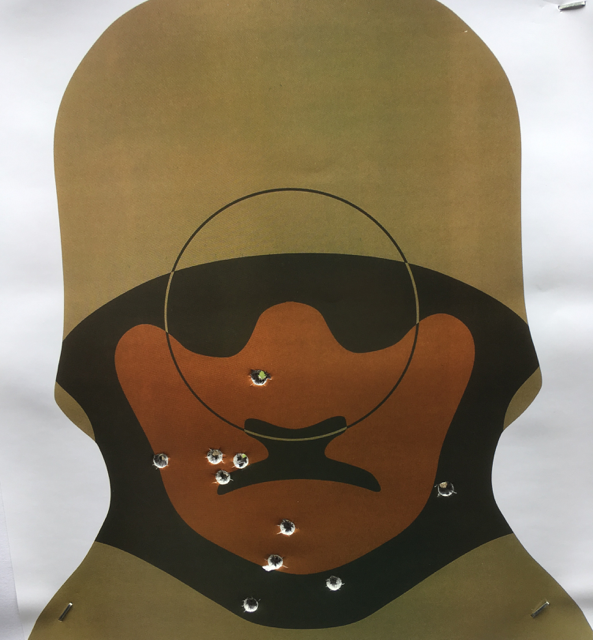
Well, without boring you with minute details of the trigger-pulling, here’s my two 300 yard Hun’s head targets. The one above is my attempt with the PPU/Starline and the one below with the Berger/Lapua load. I did come up a minute for the second target when I saw where the PPU/Starline group had formed. I tried to shoot as I would in a McQueen comp – i.e. loading from the mag. and as quickly as I could but I did use a rear squashy bag support (not allowed in actual competition).
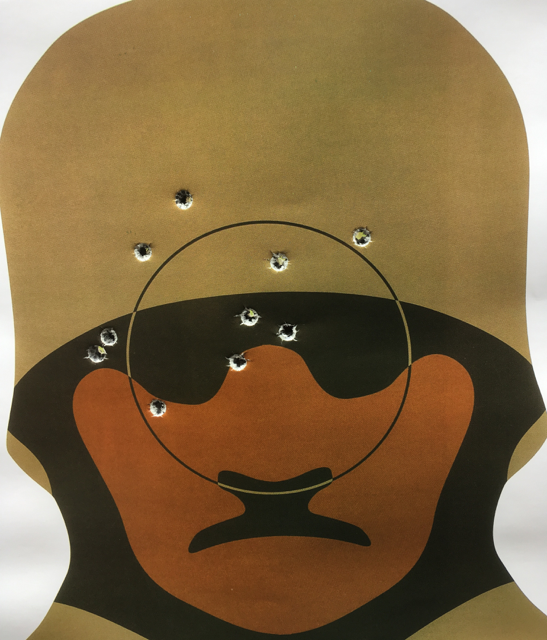
The cheapo ammo produced a 4.858 inch group and, as expected, the Lapua/Berger combo a usefully better 4.128 inch group. Of course, this was a once only attempt with each lot of ammo. and ideally a lot more targets would need to be shot to really prove anything. Conditions were quite good with just a light wind but I hadn’t done any load development and rounds were simply loaded to mag. length – i.e 2.8 inches. Further load testing could no doubt have improved both lots of ammunition.
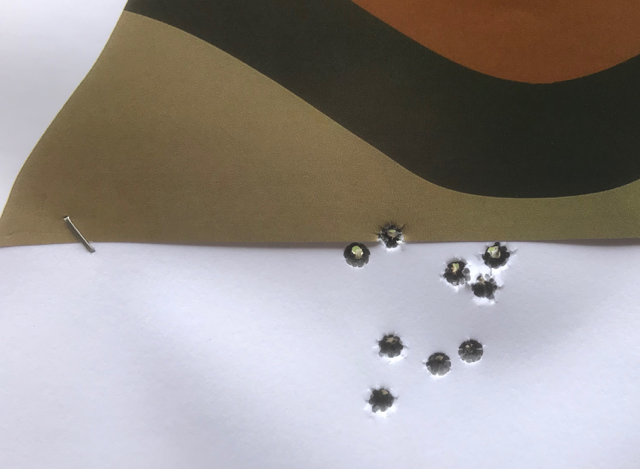
Once I’d completed the test, Paul gave me ten of his own pet loads – still using Vit N150 powder etc. but using Hornady large-primer brass and Lapua 123 grain bullets – wow – clock that group (above – I came down a few clicks so as not to spoil the target). This did surprise me but clearly, Paul has done his reloading homework and found a great load for his Ruger producing a group barely half the size of my previous attempts. Problem is, the Hornady brass is even more expensive than the Lapua – at £130/100!
With the Lapua bullets costing 40p each and the Hornady brass at 26p (assuming 5 firings) his makes the cost of Paul’s ammo fall somewhere in between the two at 96p a bang.
With more experimentation and more attempts, I’m convinced we would have improved our groups and perhaps the best lesson we can learn from this test is to always experiment – try different brass, bullets, primers and seating depth once you’ve found your optimum powder charge. However, if you shoot for fun you can have twice as much fun with Starline brass and PPU bullets for the same cost!
But why is there an accuracy difference? Finally, I decided to check-weigh a sample of both bullets. I picked a random 20 of each. The PPU weights varied from a low of 120.6 grains to a high of 121.4 grains – not too bad at less than a grain spread. However, the Bergers were stunningly consistent with only a 0.2 grain spread over a random 20. This is what you pay for and, if you shoot in competition, it will pay to use the best bullets you can afford.
The brass? Yes, we could check-weigh it as well but, I learned many years ago when loading my 6PPC for benchrest competition, that it made not one jot of difference on the target when I deliberately used a spread of case-weights. However, if you like to batch-weigh your brass – go ahead, it can’t do any harm but I don’t bother.
Thanks to Henry Krank www.henrykrank.com and Hannam’s Reloading www.hannamsreloading.com and of course Paul Parkinson for the loan of his Ruger PRS.
